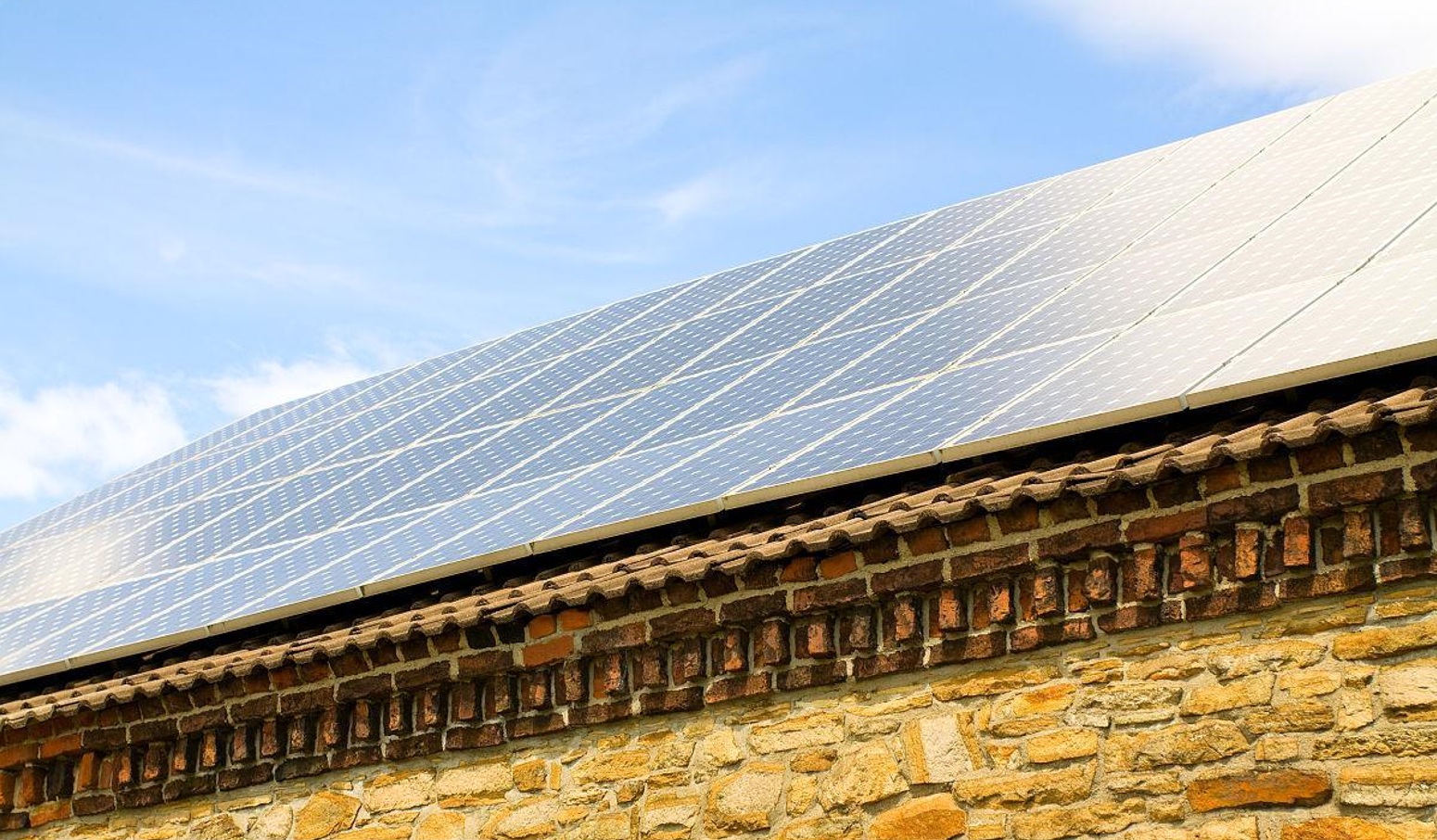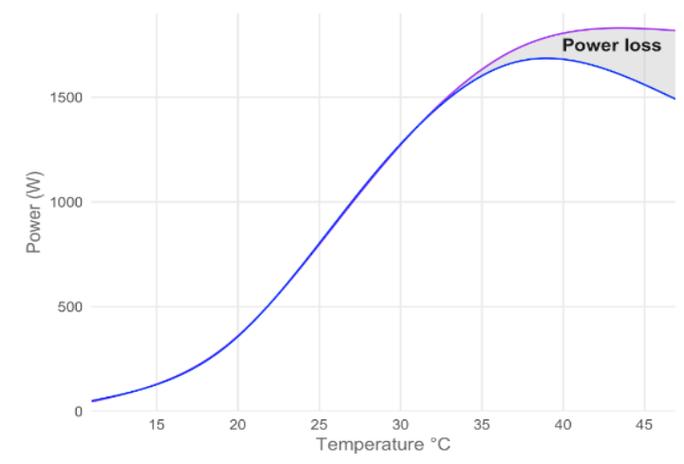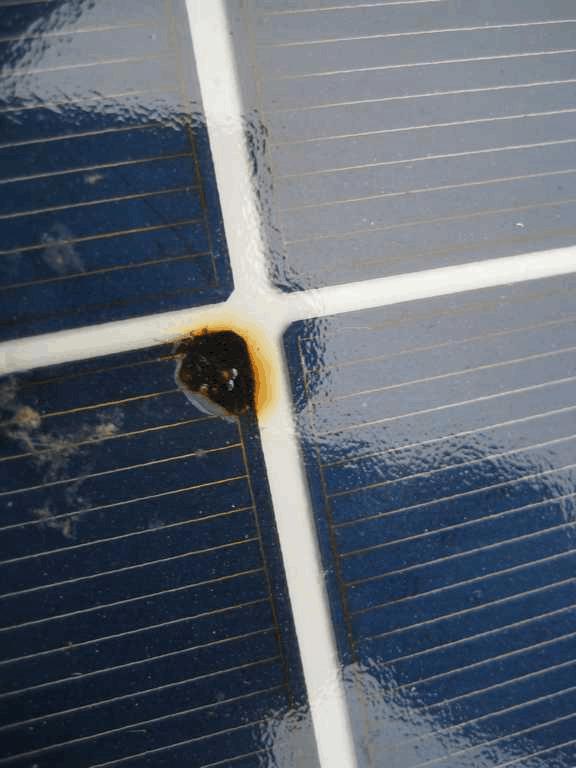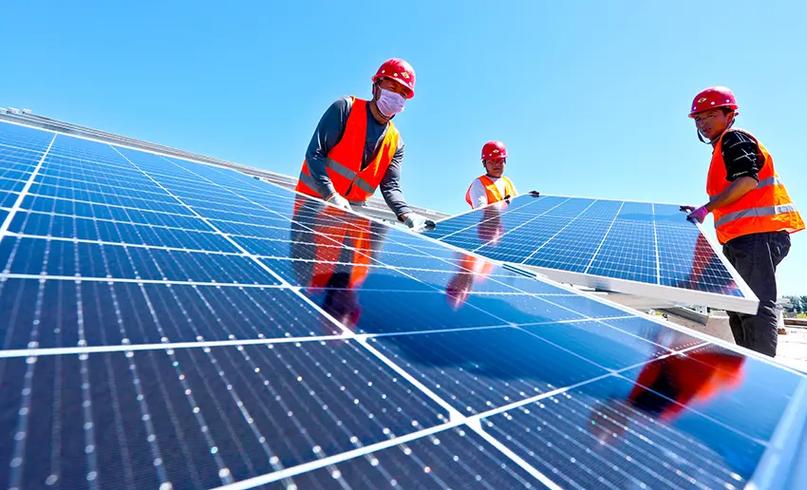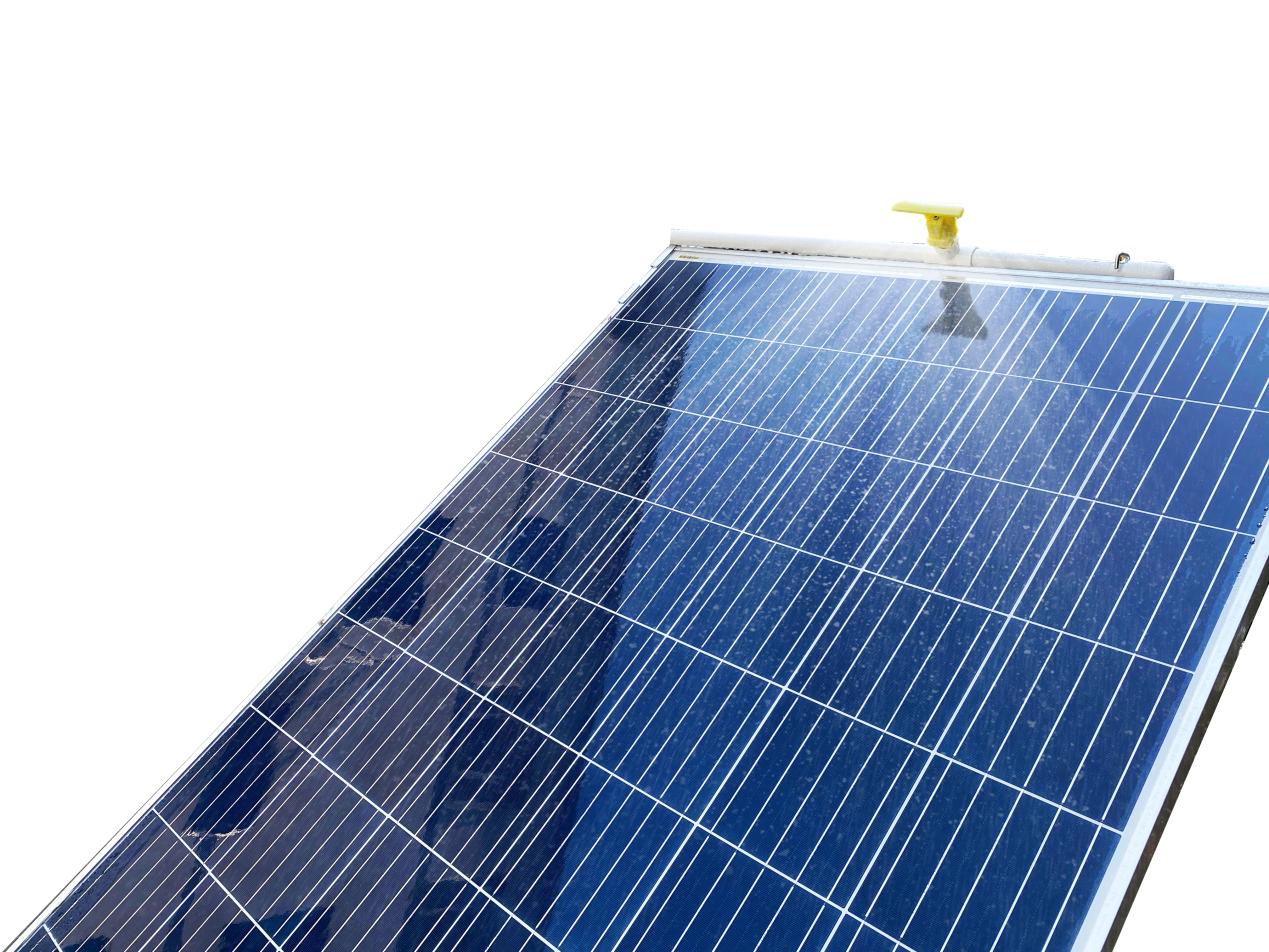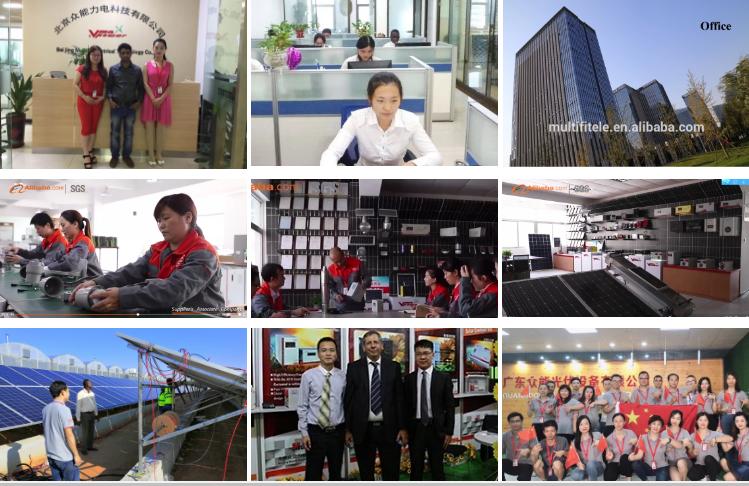Is it true that the higher the temperature, the higher the photovoltaic power generation? The answer is not so simple. In fact, the change in the total amount of photovoltaic power generation in summer is the result of the combined effects of lighting conditions and temperature on module efficiency.
1、 Lighting conditions: the ‘golden partner’ for summer power generation
(1) Extra long ‘power generation duration’ bonus
In the northern hemisphere, the characteristic of long days and short nights in summer brings unique advantages to photovoltaic power generation. Taking northern China as an example, the average daily sunshine duration in summer can reach over 14 hours, which is significantly increased compared to winter. Longer illumination time means that photovoltaic panels can continuously ‘absorb energy’, directly extending the power generation time and laying a solid foundation for the increase of total power generation.
(2) The intensity of solar radiation is fully increased
In summer, as the solar altitude angle increases, the path for sunlight to penetrate the atmosphere becomes shorter, the weakening effect weakens, and the radiation intensity significantly increases. Especially in arid and rainless areas such as Xinjiang and Gansu, the sunshine is more ‘pure’. At this point, the unit area of photovoltaic panels can receive more light energy, and the power generation efficiency is naturally improved.
2、 The ‘double-edged sword’ effect of temperature on photovoltaic efficiency
(1) The ‘drag’ effect of high temperature
Photovoltaic modules are highly sensitive to temperature, with an efficiency temperature coefficient typically ranging from -0.3% to -0.5%/℃, which is a negative value. When the ambient temperature exceeds the standard test temperature of 25 ℃, the open circuit voltage of the components will decrease, leading to a decrease in power generation efficiency. For example, when the temperature reaches 40 ℃, the efficiency of a single component may decrease by about 5% -7% compared to 25 ℃.
(2) The ‘faint contribution’ of high temperature
High temperature can to some extent reduce the risk of “hot spot effect” in photovoltaic panels. The so-called hot spot effect refers to the local overheating of components caused by local shadows. However, compared to the impact of efficiency decline, this positive effect is minimal and almost negligible.
Although the efficiency of a single component decreases with increasing temperature, the key to increasing the total power generation in summer depends on whether the benefits brought by enhanced lighting can offset the efficiency loss caused by temperature rise.
Under sufficient sunlight, the overall power generation in summer is usually higher than in winter. Obviously, the duration of sunlight and radiation intensity are the core factors driving the growth of summer power generation, rather than simply high temperatures.
3、 The ‘Light Temperature Game’ in Different Scenarios
(1) Northern/arid regions: dominated by light advantage
In northern and arid regions, there are often sunny days and ample sunshine in summer. Even if the temperature reaches 30-40 ℃, the power generation gain caused by the duration and intensity of light exposure is sufficient to compensate for the efficiency loss caused by high temperature, ultimately achieving a significant increase in total power generation.
(2) Southern/humid and hot regions: Insufficient sunlight adds insult to injury
In the humid and hot regions of the south, summer is often accompanied by rainy weather, such as the rainy season. Insufficient lighting itself will affect power generation, coupled with the efficiency decline caused by high temperatures, the combination of dual unfavorable factors may lead to a decrease in power generation instead of an increase.
(3) Technical Assistance: Cooling and Increasing Efficiency for Photovoltaic Panels
Through technological means, the impact of temperature on photovoltaic efficiency can be reduced. For example, reserving ventilation space during installation or using reflective brackets can effectively help dissipate heat from photovoltaic panels, further improving their power generation performance in summer.
The total amount of photovoltaic power generation in summer is usually higher, but the “hero” behind it is good lighting conditions, not high temperatures. In fact, temperature has a negative impact on power generation efficiency, and only with sufficient light support can the total power generation increase be achieved. Therefore, the focus of optimizing photovoltaic systems should be on improving light utilization efficiency, such as using tracking systems, regular cleaning and maintenance, rather than relying on high-temperature “assistance”.
Multifit solar has been committed to researching photovoltaics for many years, with a professional R&D and sales team. Various photovoltaic products and cleaning equipments are exported to multiple countries at home and abroad, and have received high praise from numerous customers. In the future, we will continue to shine in the field of new energy, bringing more green and clean energy to humanity.
Post time: Jul-17-2025


